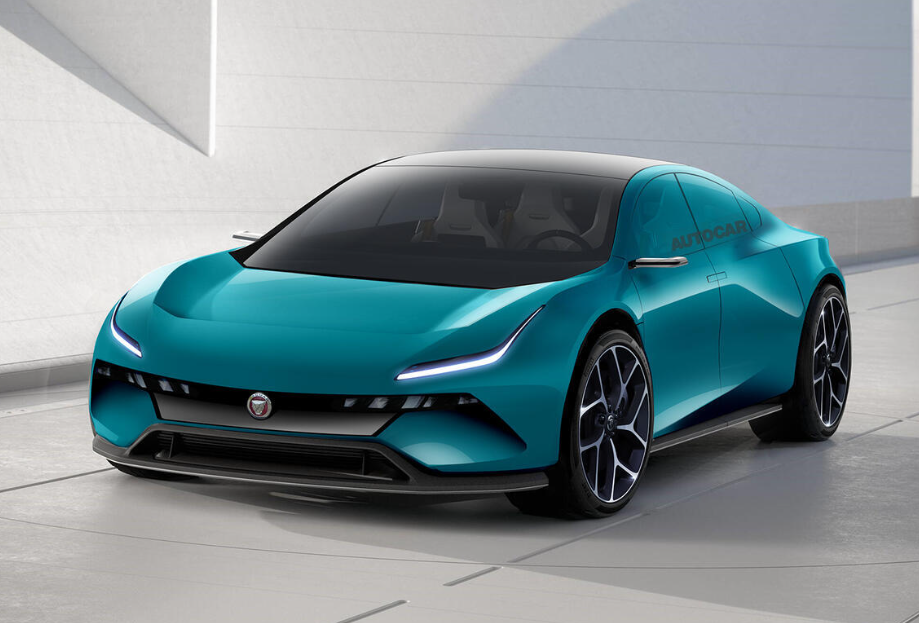Jaguar is undergoing a dramatic transformation, embracing a new vision that seeks to redefine its identity and reposition the brand in the competitive luxury electric vehicle (EV) market. With its recent relaunch in Miami, Jaguar has taken a bold step to break free from its traditional image, aiming to recapture its legacy of innovation while charting a new, futuristic course.
A Controversial Start
The brand’s teaser ad, released on November 18, stirred up a storm on social media. Lasting just 30 seconds, it featured colorful, avant-garde imagery but conspicuously omitted any reference to vehicles. Reactions were polarized, with some praising its daring approach, while others criticized it as detached from Jaguar’s core identity.
According to the Leaders sources, at the launch event, creative director Gerry McGovern unveiled the new Type 00 concept cars, painted in striking “Miami Pink” and “London Blue.” These vehicles, with aggressive lines and futuristic designs reminiscent of the Batmobile, showcase the brand’s ambitious vision. However, as concept models, they won’t be available for purchase, leaving audiences eager for glimpses of Jaguar’s future production cars.

Reinvention for Survival
Behind the spectacle lies a strategic overhaul driven by necessity. Under the leadership of parent company Tata Motors, Jaguar is being repositioned as an all-electric luxury brand. Its current lineup, including models like the I-Pace and F-Type, is being phased out, with the first of the new generation of EVs slated for release in 2026. These vehicles will target the high-end market, with starting prices expected to exceed £100,000.
As per the Leaders sources, this shift is driven by two key factors: financial challenges and regulatory pressures. Jaguar has struggled with declining sales, dropping from over 180,000 vehicles sold in the 2018–19 fiscal year to just 66,866 in 2023–24. Simultaneously, stricter environmental regulations demand a transition to battery-powered vehicles, leaving no room for petrol or diesel models in the long term.
Risks and Rewards
Jaguar’s reinvention is a gamble. By targeting ultra-luxury buyers, it aims to emulate brands like Bentley and Porsche, moving away from the mid-tier market dominated by BMW and Audi. While this strategy could yield higher profit margins, it also risks alienating Jaguar’s traditional customer base. Experts are divided on the approach. Some view the relaunch as a bold and necessary move to reinvigorate the brand, while others caution against abandoning loyal customers. The challenge lies in maintaining Jaguar’s cultural significance while appealing to a new generation of buyers.
The Road Ahead
As Jaguar charts this ambitious course, the world is watching. The first of its new EVs, rumored to feature over 575 horsepower and a range exceeding 430 miles, will be critical in defining its success. For now, Jaguar is balancing on the edge of reinvention, striving to blend its storied legacy with a vision for the future.
The stakes are high, but as McGovern aptly noted during the Miami launch, controversy and bold creativity have always been at the heart of British innovation.








